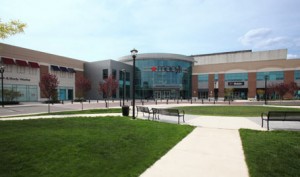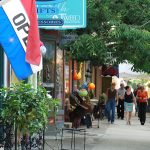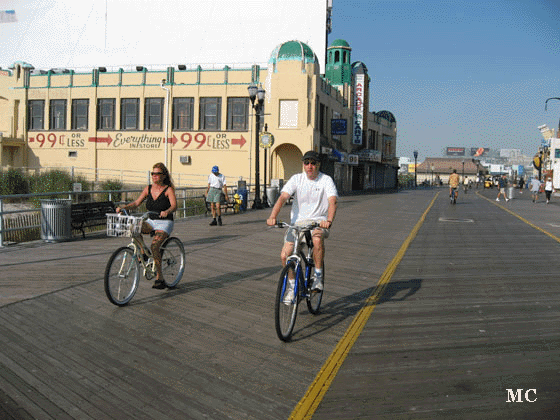New Jersey Future Blog
The Mall as Private City
June 29th, 2011 by Tim Evans
Matt Yglesias posted an interesting piece last week about the mall as a privatized city, inspired by his visit to the Twin Cities area’s famous Mall of America:
…the Mall of America is basically just a case study in urban agglomeration benefits. You’re basically looking at an extremely dense network of pedestrianized streets oriented around a central plaza.
This idea has come up before. Indeed, in an article in the July 2009 issue of Planning magazine, New Jersey Future observed that, illuminated by two more decades of hindsight into the evolution of the retail sector, the mall does share some previously under-appreciated similarities with the old downtown that it nearly killed off.
While getting to the mall usually requires a car trip, it does offer the opportunity to “park once” and then access multiple destinations on foot, in one place—much like many compact, traditional downtowns. In contrast, the layouts of today’s big-box power centers often require getting in the car not just to access the shopping center, but also to drive from one store to another. The big-box center reminds us never to think things can’t get any worse.
The enclosed mall is not necessarily incompatible with the urban fabric of even very large cities, either, as demonstrated by urban malls like Chicago’s Water Tower Place, Philadelphia’s Gallery at Market East, Toronto’s Eaton Centre and Washington, D.C.’s Shops at Georgetown Park. What distinguishes these malls from their suburban counterparts is mainly their external surroundings, in particular the absence of surface parking lots; once inside, the actual shopping experience is similar to that in malls anywhere else.
Another key distinguishing feature of urban malls’ environment—a mix of adjoining land-use types—may not remain unique in the future, as suburban malls increasingly seek to reinvent themselves. The same Planning magazine article highlights the transformation of the Echelon Mall, in Voorhees, N.J., into the Voorhees Town Center via the addition of residential and office components to the property. If Water Tower Place and other urban malls prove that you can add a mall to a neighborhood, Voorhees Town Center is attempting to show that you can add a neighborhood to a mall.

















